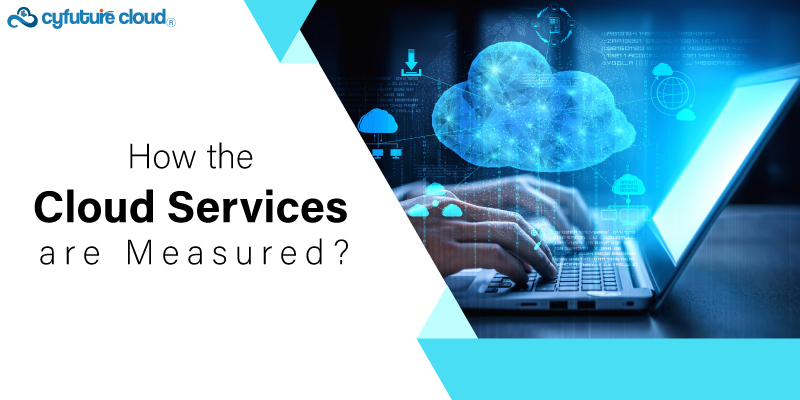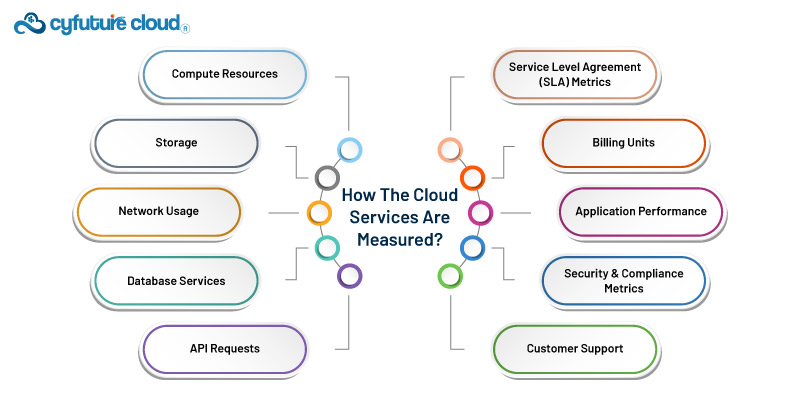 Server
Colocation
Server
Colocation
 CDN
Network
CDN
Network
 Linux Cloud
Hosting
Linux Cloud
Hosting
 VMware Public
Cloud
VMware Public
Cloud
 Multi-Cloud
Hosting
Multi-Cloud
Hosting
 Cloud
Server Hosting
Cloud
Server Hosting
 Kubernetes
Kubernetes
 API Gateway
API Gateway


Cloud services encompass a wide range of resources and applications delivered over the internet. They offer on-demand access to computing resources without requiring direct management of physical hardware or infrastructure. Some key types of cloud services include:

Users may access and use basic IT services without having to buy physical equipment or maintain on-premises infrastructure because Infrastructure as a Service (IaaS) provides a scalable, adaptable, and virtualized computing infrastructure over the internet.
Pay-as-You-Go: This strategy is cost-effective as consumers only pay for the resources they really utilise because fees are dependent on usage. Businesses don't have to make large upfront financial expenditures to swiftly adapt its infrastructure to shifting needs because of its flexibility.
Virtualized Resources: IaaS offers a variety of virtualized resources, including networking, storage, and virtual machines (VMs). All resource provisioning and management is handled by the cloud environment, saving users from having to deal with physical hardware and enabling them to change resource levels as needed.
Examples: Microsoft Azure, AWS EC2, Google Compute Engine.
Without needing to worry about the underlying infrastructure, developers have a comprehensive platform to design, launch, and maintain apps thanks to a cloud computing architecture known as PaaS. It simplifies the development process by providing a range of tools, development frameworks, databases, and middleware needed for the creation and implementation of applications.
Frameworks and Libraries: PaaS platforms frequently provide pre-configured frameworks and libraries, which accelerate the development of applications by developers. These frameworks provide an ordered environment for designing and implementing features, which reduces development time.
Development Tools: Among the tools offered on PaaS platforms are integrated development environments (IDEs), software development kits (SDKs), and debugging tools. These tools facilitate efficient app coding, testing, and debugging.
Databases and Middleware: PaaS solutions have built-in middleware services and databases to aid with application data management and to help with communication between various software components. Developers will no longer need to install and maintain these components individually as a result.
Examples: Google App Engine, Heroku, Microsoft Azure App Service.
Provides consumers with the ability to access software programmes using a web browser by means of the internet.
Removes the requirement for user installation, maintenance, and updates.
Examples: Google Workspace, Salesforce, Microsoft Office 365.
Enables users to run code in response to events without managing servers or infrastructure.
Scales automatically, charging based on the resources consumed.
Examples: AWS Lambda, Azure Functions, Google Cloud Functions.
Offers database management and maintenance without requiring on-premises hardware or software installation.
Provides access to managed database solutions like SQL or NoSQL databases.
Examples: Amazon RDS, Azure SQL Database, Google Cloud SQL.
Manages the orchestration and deployment of containers within the cloud.
Gives users access to a platform for controlling and executing containerised apps.
A few examples include Google Kubernetes Engine (GKE), Azure Kubernetes Service (AKS), and Amazon ECS.
Provides scalable storage solutions accessible over the internet.
Offers file, block, or object storage, often with redundancy and backup features.
Examples: AWS S3, Google Cloud Storage, Azure Blob Storage.
By providing flexibility, scalability, affordability, and accessibility to a vast range of computer resources without requiring intensive hardware or infrastructure administration, cloud services empower both consumers and enterprises.

Cloud services offer various resources and functionalities to users, from computing power to storage and applications. Understanding how these services are measured is crucial for businesses and individuals to optimize their usage and costs. Here are the key metrics used to measure cloud services:
Virtual Machines (VMs): These are instances that provide computing resources. Monitoring their usage involves tracking CPU, memory, and storage allocated to VMs.
CPU Hours: Refers to the time VMs spend using the central processing unit (CPU) resources. It's a fundamental measure of computation.
Memory Usage: Tracks the amount of random-access memory (RAM) consumed by applications and processes running on VMs.
Storage Space: Measures the amount of data stored in the cloud. It's crucial to track storage usage to manage costs effectively.
I/O Operations: Quantifies the number of read and write operations on storage per second, indicating the performance level.
Data Transfer: Monitors the volume of data transferred in and out of the cloud. Understanding data transfer helps in managing costs and optimizing performance.
Database Capacity: Measures the amount of storage allocated for databases within the cloud environment.
Query Execution: Tracks the resources utilized when executing queries on databases, affecting overall performance.
API Calls: The number of requests made to the cloud provider's application programming interfaces (APIs) indicates usage and helps optimize efficiency.
Uptime: Indicates the availability of cloud services. Higher uptime values are often part of the SLA commitment from providers.
Response Time: Measures the time taken by a service to respond to a request, contributing to user experience.
Pay-As-You-Go: Services are billed based on actual usage, such as per hour, per transaction, or per gigabyte transferred.
Reserved Instances: Some providers offer discounts for committing to specific usage levels over a fixed period.
Latency: Measures the delay between user requests and service responses, affecting user experience.
Throughput: Indicates the amount of data transferred or processed within a given time, crucial for efficient operations.
Security Events: Tracks security incidents or breaches detected and resolved within the cloud environment.
Compliance Check: Ensures cloud services adhere to regulatory requirements and industry standards.
Support Response Time: Measures the time taken by cloud providers to respond to user queries or issues, impacting user satisfaction.
Service Availability: Indicates the availability of customer support channels and their responsiveness to user needs.
Understanding and effectively utilizing these metrics enable users to optimize resource utilization, control costs, ensure performance, and maintain security within cloud environments. Regular monitoring and analysis of these measurements are crucial for making informed decisions, optimizing resource usage, and ensuring efficient operation of cloud services.

Let’s talk about the future, and make it happen!
By continuing to use and navigate this website, you are agreeing to the use of cookies.
Find out more


